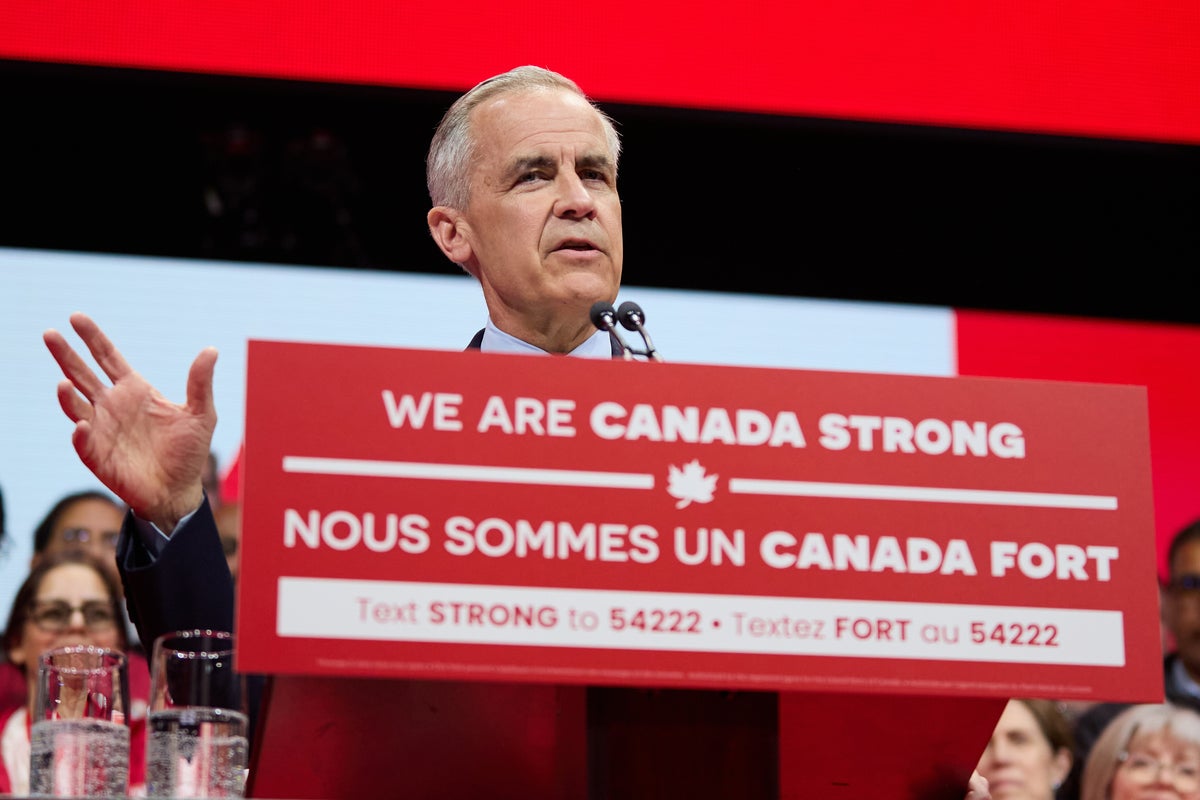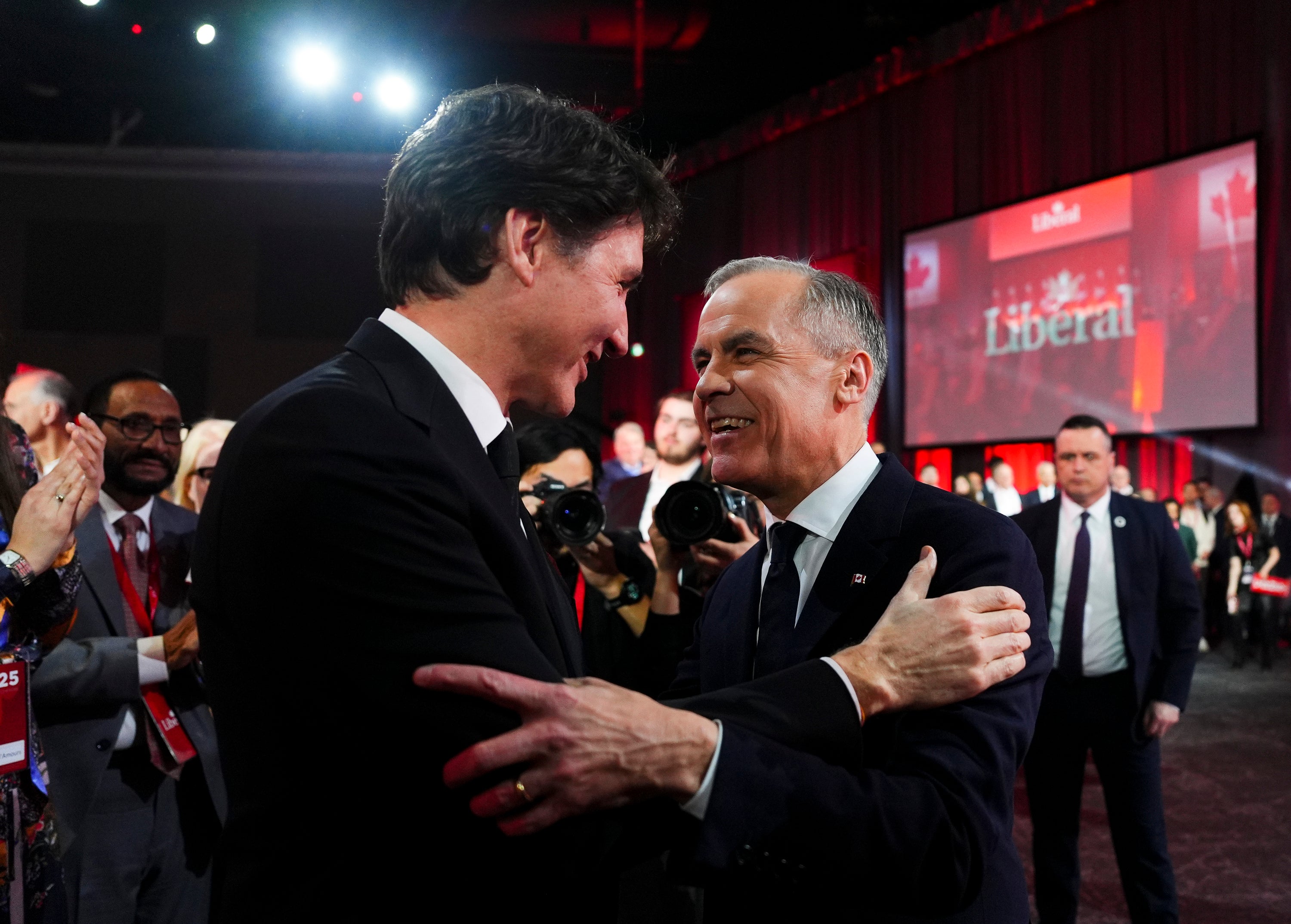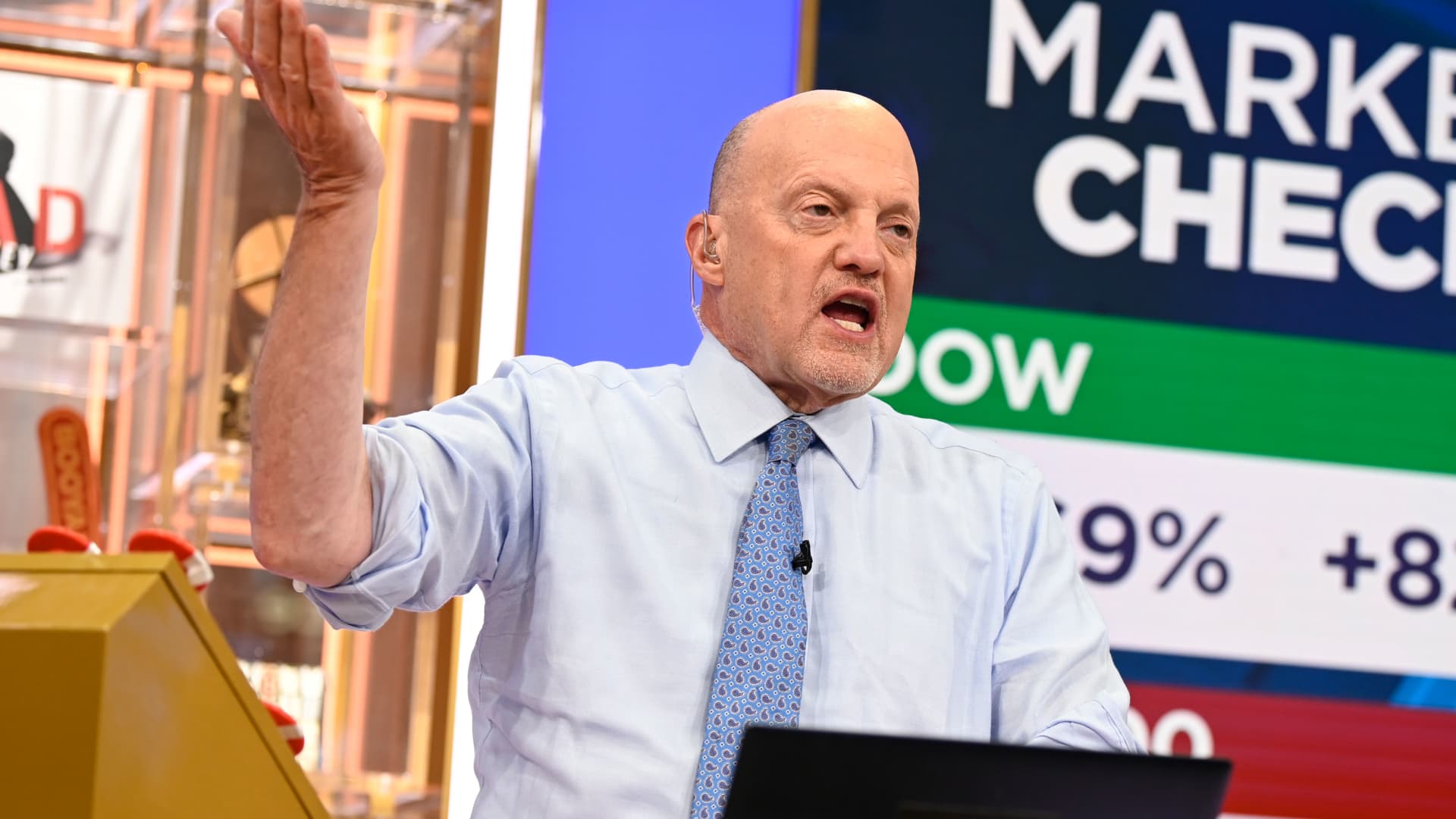Canada’s election in numbers: How Mark Carney’s Liberals won power in Trump’s shadow
The Liberal Party under Mark Carney secured a win just shy of a majority with the Conservatives seeing their best performance in 14 years

Elections for Canada’s House of Commons have secured another term for the Liberals; in power since 2015 but the party’s first win under Prime Minister Mark Carney.
After Justin Trudeau resigned earlier this year, Mr Carney became Canada’s Prime Minister in early March following an internal election within the Liberal Party.
As votes were counted late on Monday, the Liberal Party is now leading in 168 seats across the provinces, with the Conservatives leading in 144 seats and set to be the opposition.
“President Trump is trying to break us so America can own us. That will never — that will never, ever happen,” Mr Carney declared after his win on Monday night.
The Liberals still need four more seats (172 in total) to reach a majority in the House of Commons, but have won enough to form a government.
Results are still being counted so results are subject to change. At time of writing, 99 per cent of results have been reported.
Results show Bloc Québécois leading in 23 seats in the Quebec province, while the New Democratic Party (NDP) is set to win in seven.
The Conservatives, led by Pierre Polievre, are on track to win 144 seats and remain as the opposition.
Despite coming in second, this will be their strongest performance since 2011, when the Conservatives secured a majority of 166 seats.
However this swing came with a sting in the tail for Mr Poilievre, who lost his own seat in rural Ottawa after two decades in office, to Bruce Fanjoy of the Liberals.
The Liberals have won three elections since 2015, and this will be their fourth. Only in 2015 did they win a majority of seats.

Most recently in 2021, the Liberals won a minority government of 160 seats under Trudeau, while the Conservatives held 119 seats.
Despite former PM Mr Trudeau’s tanking popularity which spelled trouble for the Liberals just a few months ago, both Mr Carney’s appointment and anti-Trump sentiment are seen to have turned the political tides since then.
The Conservatives under Mr Poilievre echoed some messages touted by the Trump administration, such as a return to “common sense politics” and cutting foreign aid.
While this may have been popular at the start of the year, sentiment has soured against Trump-style rule in Canada since the US president launched a trade war against its neighbour, and threatened to make Canada the 51st state.
Despite seeing the most votes and seats overall, the Liberals performed better in some areas than others.
The Liberal Party saw the most success across Eastern Canada. In Ontario, which holds the most seats (22), the Liberals took 49 per cent of the total vote with Conservatives at 44 per cent.
In Quebec, the Liberal Party took 42 per cent of the vote while Bloc Quebecois saw a drop to just 28 per cent support. This meant that the Liberals will see seat gains in the French-speaking province of Canada.
In British Columbia, current results show that both the Conservatives and the Liberals took home around 41 per cent of the vote; while the NDP saw support dwindle to just 13 per cent, with its leader Jagmeet Singh losing his seat.
The NDP did take home 37 per cent of the vote in Nunavut, though the province holds only one seat. Sparsely populated, Nunavut is a vast territory across the Arctic, which is also home to the Inuit people. Alberta and Sasketchwan were the strongest wins for the Conservatives, taking around 64 per cent of the vote.

 BigThink
BigThink 































